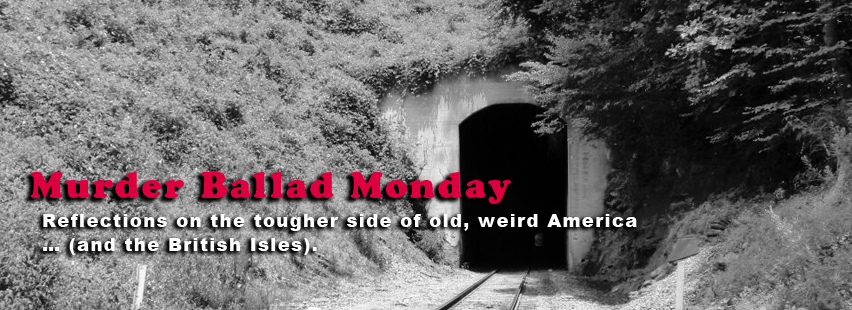The Cruel Ship’s Captain / The Captain’s Apprentice
<<<Back to page 1
If you’re sitting there wondering what the hell you just heard and you want to hear more, but you aren’t ready to dive into a lot of virtual ink about it, please check out my Spotify playlist instead. Several of the performances are traditional, but you might be surprised by the variety of genres represented. Bryan Ferry makes an appearance, for example! Either way, you’ll see this song isn’t a relic of the past.
So, let’s get on with it, shall we?
“A boy to me was bound apprentice…”
I don’t want to get bogged down in history on this one, though a bit of detail is required. For those interested in more depth, the majority of our current knowledge about this ballad can be found in a 1999 article by Elizabeth James in The Folk Music Journal. For now, let’s cover the basics.
“The Cruel Ship’s Captain” is the most common modern title for a short song that in the past was longer and more popularly known as “The Captain’s Apprentice” or “Captain James,” as well as by the expected mix of local variant appellations. The song group is today cataloged in the Roud Folksong Index as #835 with over fifty citations. In its primal state, such as we can know, it was structured as a gallows confession and a warning against abusing those of lower rank. Generally speaking, longer versions are older and tend to include greater detail about the specific cruelties imposed upon the victim. They can get quite graphic.
There are several examples of songs depicting maritime cruelty in the Bodleian database, but no British broadside directly associated with these lyrics is currently known. A few exist from America, published in the early 1800’s, including this long version, full of wretched detail. The song is certainly English, but Waltz and Engle in their Traditional Ballad Index entry cite the earliest written example as that recorded in the journal of the American brig Two Brothers in 1768; this text is not available online, but is transcribed in Gale Huntington’s Songs the Whalemen Sang. Waltz and Engle make a broader point that is well taken for our purposes – no one murder has yet presented itself as the definitive inspiration for this ballad, but the incidents it describes were by no means rare. I don’t have time to prove it here, but evidence is overwhelming that discipline, even by the standards of that more violent time, could be outrageously harsh in the Royal or the American Navy, as well as in civilian whaling and merchant fleets. That the song spread far into the new world, indeed at least as far as Arkansas and Michigan, testifies to the song’s application beyond any local story of nautical crime. Cruelty at sea was a theme to which many could relate.
Vaughn Williams collected the most well-known printed version of this ballad in King’s Lynn in 1905. Full inspection reveals this to be the same song, with variation, that Van Ronk sang. It became the subject of research by Elizabeth James in the 1990’s, wherein she explored the possible connection between the local ballad Williams uncovered and the trial of one Captain John Doyle for his role in the death of a sailor named Robert Eastick. While fascinating, the ins and outs of her inquiry are not of great import here – suffice it to say she concluded:
…”The Captain’s Apprentice” was not a completely new form of “Captain James,” written to commemorate the tragedy of young Robert Eastick of Lynn… Nevertheless King’s Lynn can still be proud of perhaps its finest folk song; to Vaughan Williams himself, among all his collected examples, it remained a remarkable song, ‘always one of his favourites’…
Williams and others collected more specimens as well. So, an older song morphed into different variants with local application and the folk process lived on. Admittedly that’s not exactly a paradigm-shifting revelation. Clearly though, the power of Van Ronk’s performance does not come from our ability to connect it to any specific history. For our purposes here then, what matters beyond the collection of textual examples of the ballad are recordings. Two stand out from our playlist as historically critical, though only one was a source for Van Ronk.



